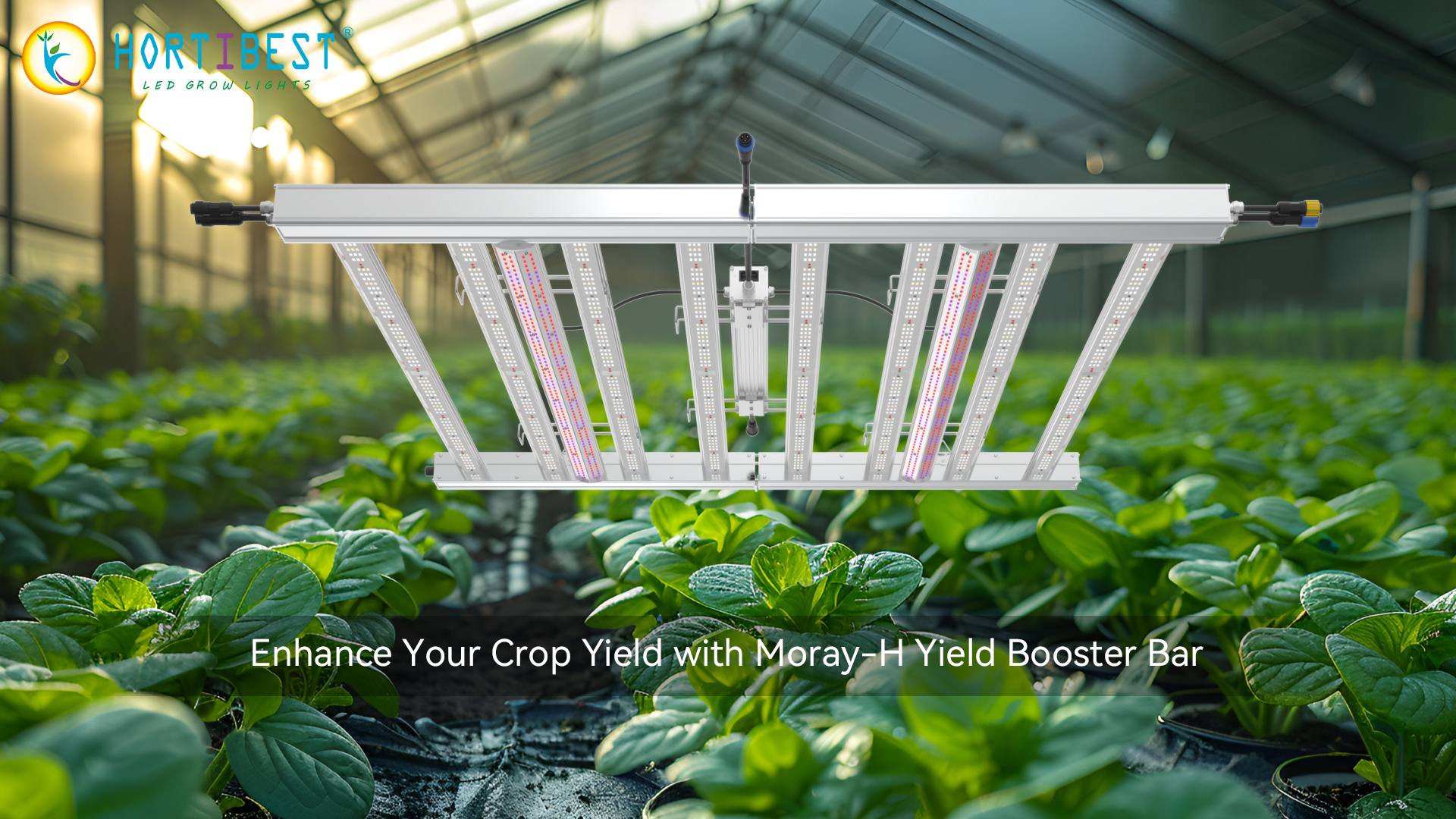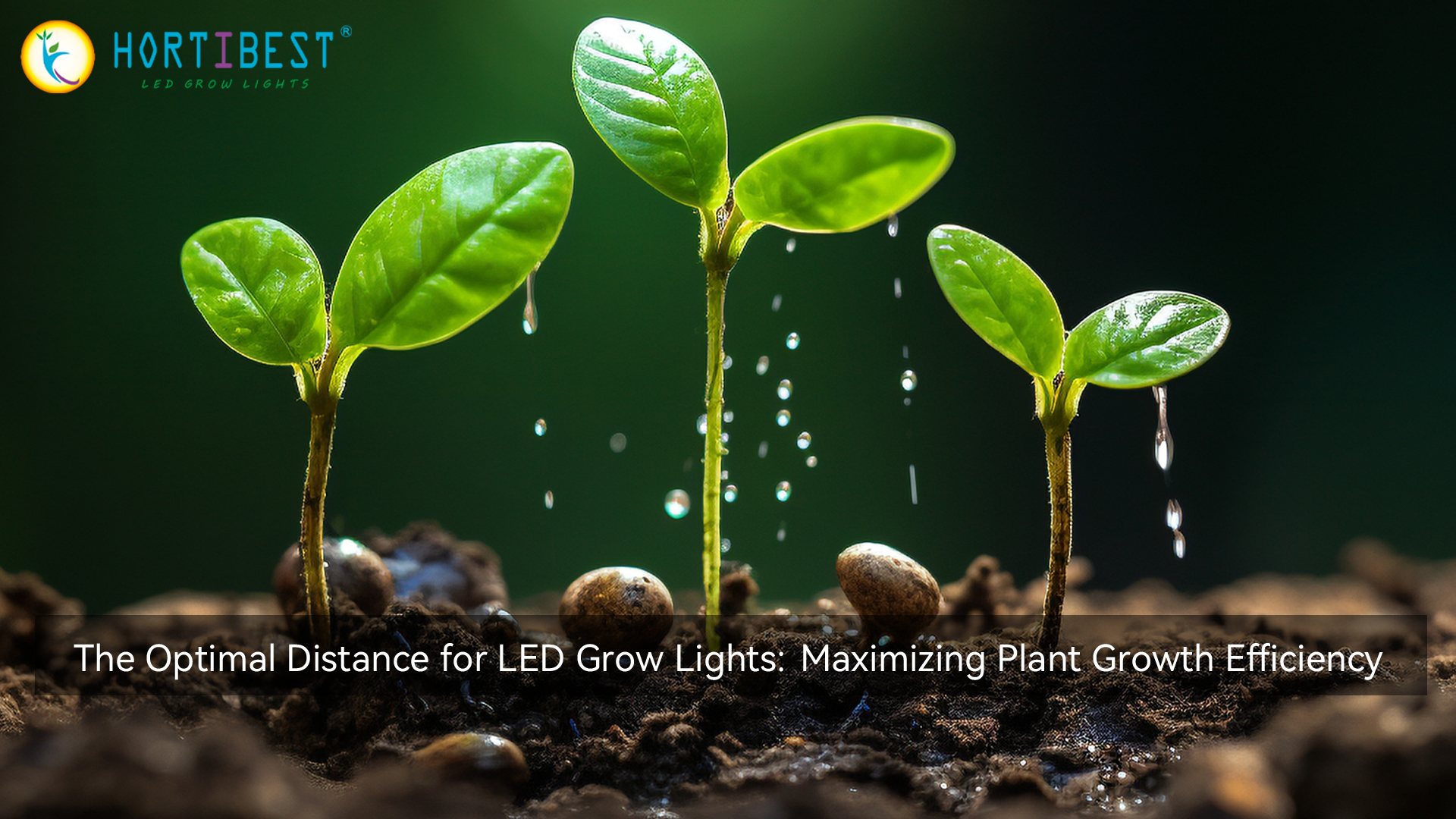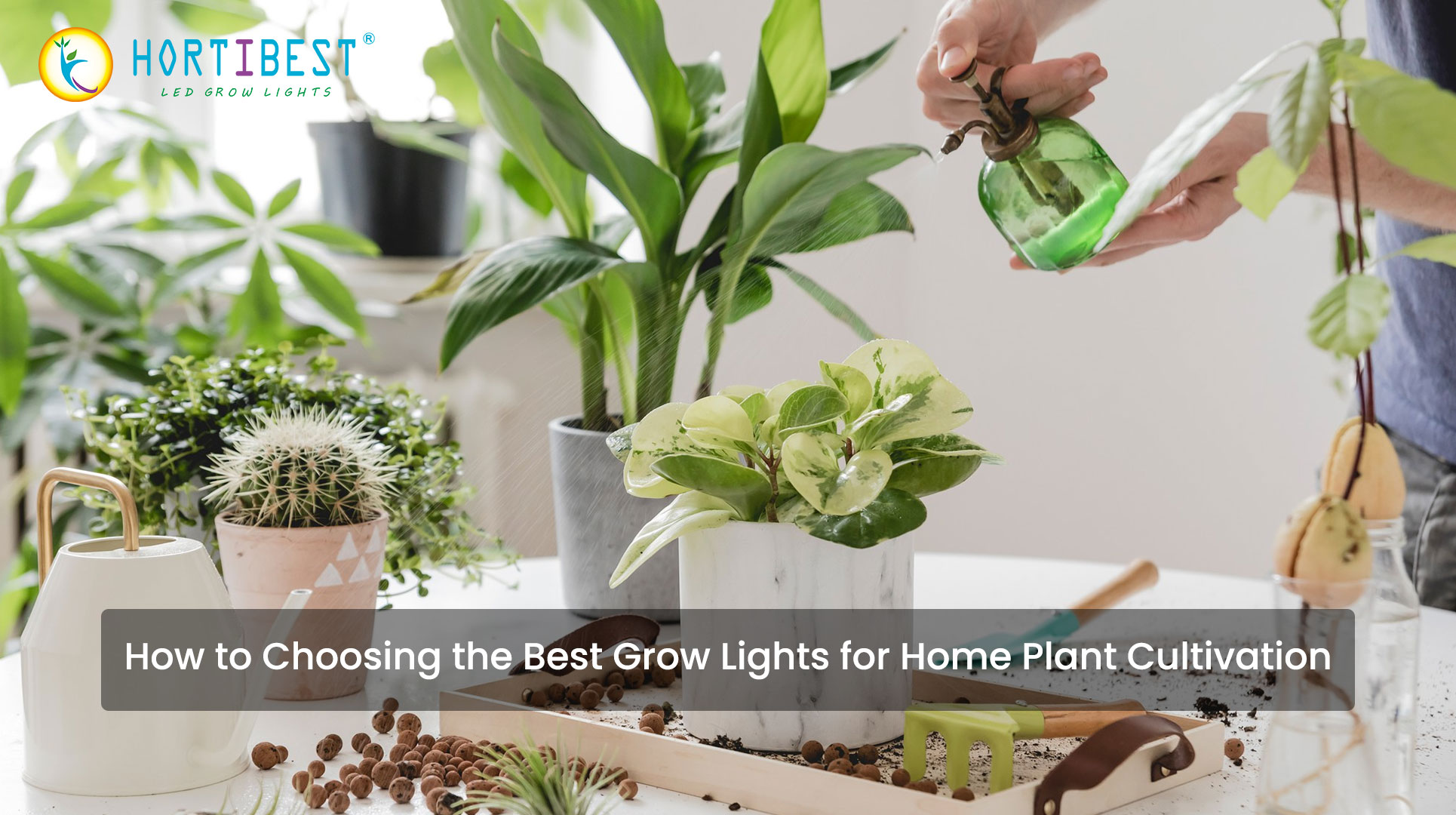 Enhance Your Crop Yield with Moray-H Yield Booster Bar
Enhance Your Crop Yield with Moray-H Yield Booster Bar
Apr .15.2024
Are you tired of dealing with outdated LED plant grow lights that fail to provide the required light efficiency after prolonged use? Many farmers face the dilemma of either bearing the high cost of replacing all old lighting fixtures or compromising on the quality of plant growth. To address this common issue among customers, Hortibest has developed the Moray-H LED grow light, designed specifically to boost crop yield effectively.

 Enhance Your Crop Yield with Moray-H Yield Booster Bar
Enhance Your Crop Yield with Moray-H Yield Booster Bar
 The Optimal Distance for LED Grow Lights: Maximizing Plant Growth Efficiency
The Optimal Distance for LED Grow Lights: Maximizing Plant Growth Efficiency
 How to Choosing the Best Grow Lights for Home Plant Cultivation
How to Choosing the Best Grow Lights for Home Plant Cultivation